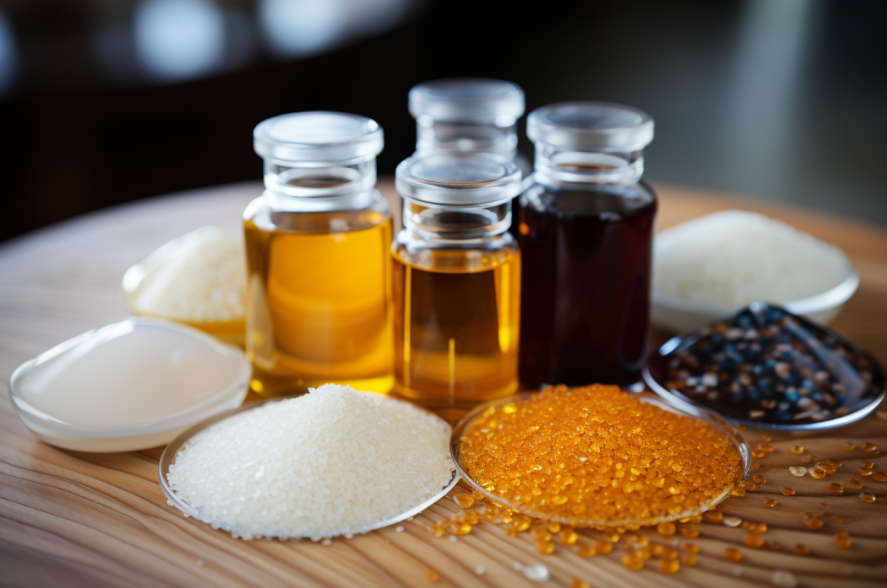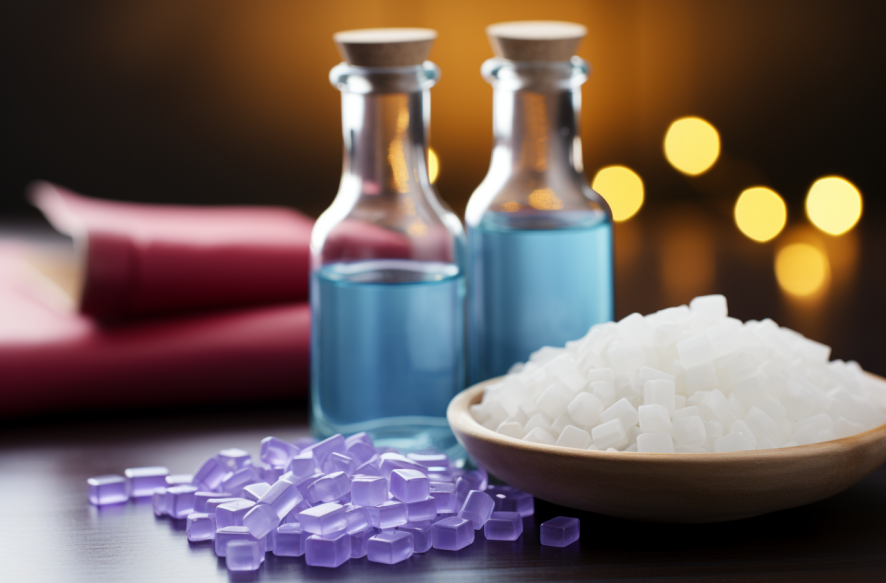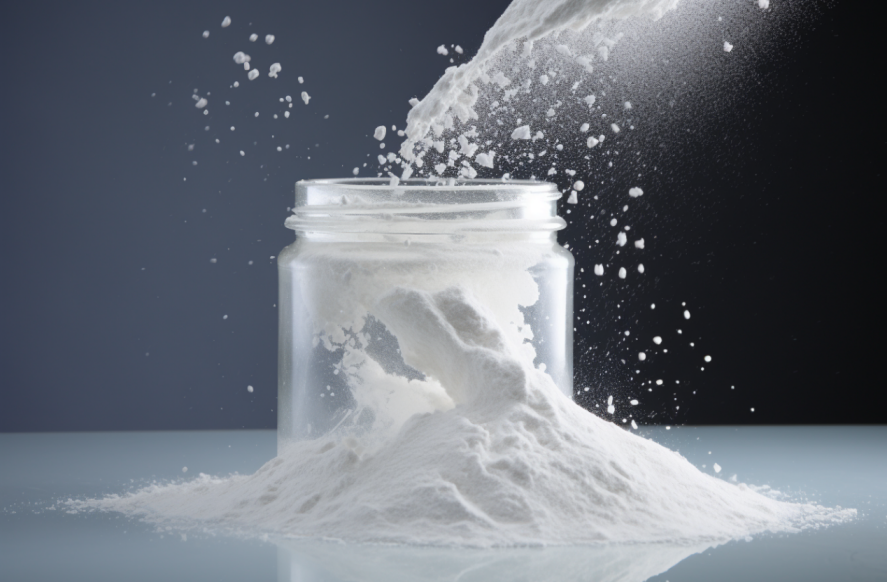Nitrile Synthetic Rubber vs. Natural Rubber: Which is Best for Industrial Applications?
27/09/2024
In various industrial sectors, selecting the right rubber material is crucial as it impacts efficiency, costs, and equipment performance. Two prominent options are Nitrile Synthetic Rubber and Natural Rubber, each with unique qualities suited for specific applications. Understanding their advantages and limitations is key to informed decision-making. Nitrile Synthetic Rubber is known for its chemical resistance and durability in extreme conditions, while Natural Rubber offers superior elasticity and tensile strength. This comparison examines their performance under stress, environmental durability, and cost-effectiveness, helping industries choose the most suitable material for their operational needs.
Understanding the Composition and Qualities of Nitrile Synthetic Rubber
Nitrile synthetic rubber, commonly referred to as Nitrile Synthetic Rubber, is an artificial elastomer created through the chemical copolymerization of acrylonitrile and butadiene. This manufacturing process bestows Nitrile Synthetic Rubber with a set of unique properties, widely recognized for providing exceptional resistance to oils, fuels, and a variety of aggressive chemicals, thereby making it an ideal choice in industries where such substances are frequently encountered.
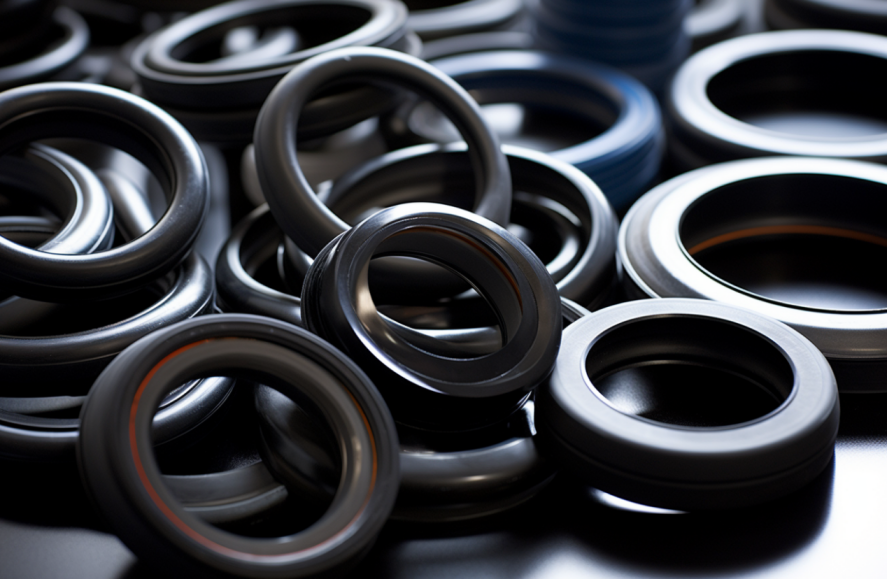
Notable Chemical Resistance of Nitrile Synthetic Rubber
A prominent reason why industries gravitate toward Nitrile Synthetic Rubber lies in its outstanding ability to resist chemical degradation. Specifically, Nitrile Synthetic Rubber is formulated to endure extended exposure to a wide array of oils, solvents, and fuels without suffering significant deterioration. This feature is particularly advantageous in sectors such as automotive manufacturing, oil refining, and gas extraction, where machinery components are regularly subjected to corrosive chemicals. For instance, nitrile rubber is often employed in the fabrication of gaskets, seals, and hoses, as it retains its structural integrity and functional performance even when exposed to harsh lubricants and fuels in demanding conditions.
Longevity in Challenging Environmental Conditions
Another crucial advantage offered by nitrile synthetic rubber is its resilience across a broad spectrum of environmental conditions, particularly in its ability to function effectively within extreme temperature ranges. Nitrile Synthetic Rubber can withstand temperatures ranging from -40°C to 108°C, making it highly versatile for use in industries where equipment operates in both frigid and scorching environments. This adaptability stands in contrast to natural rubber, which tends to become brittle and lose flexibility in colder temperatures, thereby limiting its suitability for certain applications. Nitrile Synthetic Rubber, on the other hand, maintains both its elasticity and durability, even under severe environmental stress.
Tailoring Nitrile Synthetic Rubber for Industry-Specific Applications
One of the key distinguishing features of nitrile synthetic rubber is its capacity for customization. By altering the ratio of acrylonitrile to butadiene during the manufacturing process, producers can finely tune the specific properties of Nitrile Synthetic Rubber to meet the precise demands of different industrial applications. This customizability has resulted in nitrile rubber being utilized across a wide array of industries, from the production of medical-grade gloves to the development of robust, heavy-duty seals for complex machinery. Suppliers such as CHEMBROAD specialize in offering customized solutions, ensuring that the properties of the rubber align perfectly with the operational requirements of the target industry.
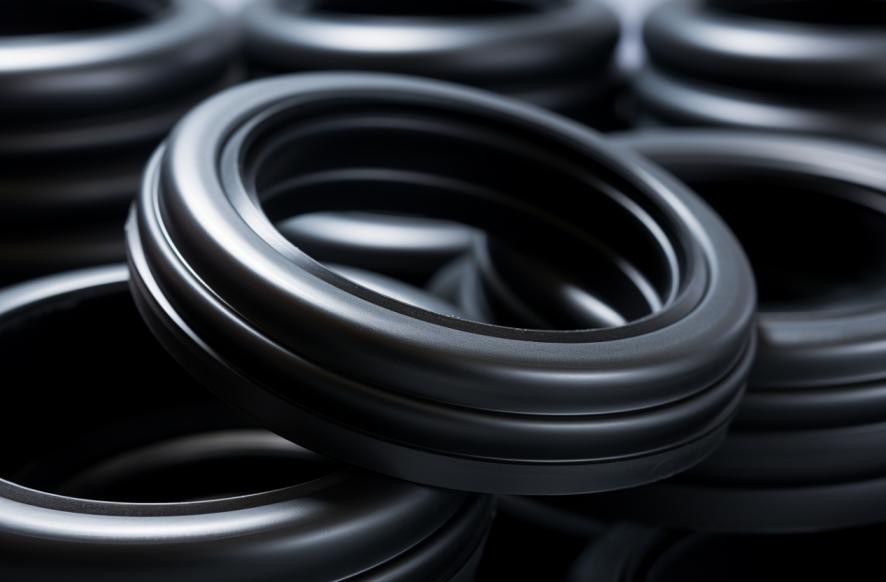
Evaluating the Benefits of Natural Rubber: A Sustainable Resource
Unlike synthetic rubber variants, Natural Rubber is harvested directly from the latex sap of rubber trees, predominantly cultivated in tropical climates. With a history of usage spanning several centuries, natural rubber remains a highly trusted material in numerous industrial settings due to its exceptional flexibility, resilience, and overall performance.
Elasticity and Tensile Strength: Core Strengths of Natural Rubber
One of the most significant advantages of natural rubber is its remarkable elasticity and impressive tensile strength. These attributes enable natural rubber to stretch considerably and return to its original shape without losing its structural integrity, making it highly valuable in industries that require flexibility. For instance, the tire manufacturing sector extensively uses natural rubber due to its superior shock absorption qualities, which enhance vehicle performance and comfort. Additionally, natural rubber is often used in conveyor belts, vibration dampeners, and suspension systems, thanks to its ability to absorb impact and deliver long-lasting elasticity, rendering it ideal for dynamic applications.
Environmental Considerations and Sustainability
In today’s environmentally conscious world, the sustainability of materials used in industrial processes has become a top priority for many companies. Natural rubber is advantageous in this regard as it is a renewable resource, harvested from trees that can be tapped multiple times over their lifespan without causing substantial harm to the environment. This renewable quality is a crucial factor for companies striving to reduce their environmental impact and implement greener manufacturing practices. In contrast, nitrile synthetic rubber, being derived from petroleum-based products, raises concerns about its sustainability, particularly in industries focused on adopting eco-friendly methods.
Limitations of Natural Rubber in Harsh Industrial Conditions
Despite its many benefits, natural rubber has certain limitations that render it less suitable for specific industrial applications. Its poor resistance to oils, fuels, and chemicals is one such drawback. Unlike nitrile synthetic rubber, natural rubber is prone to degradation when exposed to these substances, which can result in equipment failure or the need for frequent maintenance. Additionally, natural rubber does not perform well under extreme temperature conditions, particularly in cold environments, where it can become brittle and lose its elasticity. These characteristics make natural rubber a less reliable option for industries requiring durability in both high and low-temperature environments or exposure to aggressive chemicals.
Nitrile Synthetic Rubber vs. Natural Rubber: A Comparative Analysis of Performance in Industrial Applications
When assessing which rubber material is most appropriate for industrial applications, several key factors must be considered, including resistance to chemicals, mechanical strength, and temperature resilience.
Chemical Resistance and Exposure to Oils and Fuels
In industries where components are frequently exposed to oils, chemicals, and petroleum-based products, nitrile synthetic rubber excels in its ability to withstand the corrosive effects of these substances. Its resistance to degradation makes it an ideal choice for use in automotive manufacturing, oil and gas extraction, and food processing environments, where machinery often comes into contact with oils and greases. By contrast, natural rubber is susceptible to swelling and degradation when exposed to such chemicals, limiting its effectiveness in these settings.
Resilience to Temperature Variations
Another critical factor in industrial applications is temperature resistance. Nitrile synthetic rubber demonstrates superior performance across a wider temperature range. In cold conditions, Nitrile Synthetic Rubber retains its flexibility, while natural rubber becomes prone to cracking. Under high temperatures, natural rubber degrades more quickly than Nitrile Synthetic Rubber, making nitrile synthetic rubber a more reliable option for long-term use in high-temperature environments.
Mechanical Properties: Balancing Strength and Flexibility
While natural rubber stands out for its mechanical properties, particularly its elasticity and flexibility, nitrile synthetic rubber offers greater puncture resistance and durability. This makes Nitrile Synthetic Rubber a preferred material for static applications where components are subjected to long-term exposure to oils and mechanical stress, such as gaskets and seals in industrial machinery. For dynamic applications requiring greater flexibility, such as tires or conveyor belts, natural rubber remains unmatched due to its superior elasticity.
Economic Considerations: Cost, Availability, and Long-Term Durability
The choice of rubber material is often influenced by economic factors, including cost, material availability, and the long-term durability of the components.
Price Fluctuations and Material Availability
The cost of natural rubber tends to fluctuate based on environmental conditions such as climate changes and the health of rubber plantations. Because it is a natural resource, its availability and pricing can be inconsistent. Nitrile synthetic rubber, being a manufactured product, is less susceptible to these fluctuations, offering more predictable pricing. Suppliers such as CHEMBROAD ensure consistent access to nitrile rubber, allowing industries to maintain steady material supplies.
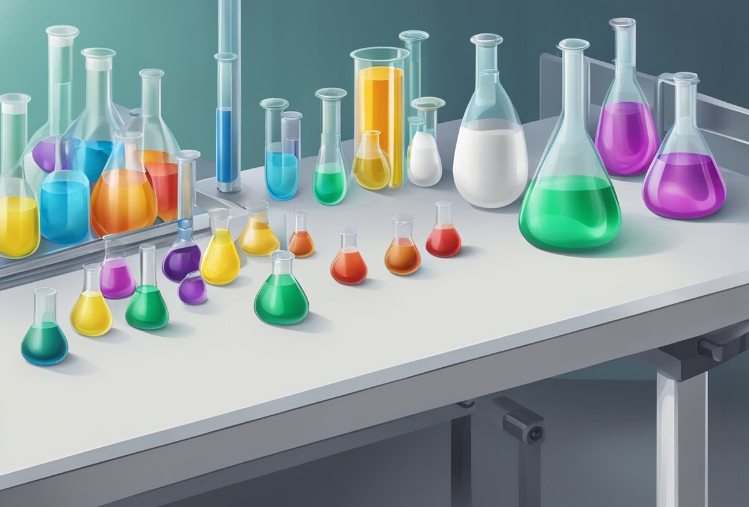
Maintenance Costs and Long-Term Durability
Although natural rubber may offer a lower initial cost in some cases, nitrile synthetic rubber often proves more economical over time due to its enhanced durability and resistance to wear and tear. For industries where chemical exposure or extreme temperature fluctuations are common, the longer lifespan of nitrile rubber components can lead to reduced maintenance costs and increased operational efficiency.
Environmental Costs and Sustainability
For companies focused on sustainability, the environmental impact of nitrile synthetic rubber versus natural rubber may also be a critical consideration. Natural rubber’s renewable properties provide a clear environmental advantage, while the petroleum-based nature of nitrile synthetic rubber raises concerns about its contribution to environmental degradation and greenhouse gas emissions.
Conclusion: Identifying the Best Rubber for Industrial Needs
In conclusion, the decision between nitrile synthetic rubber and natural rubber is largely determined by the specific requirements and environmental conditions of the industry in question. When applications demand resilience to oils, chemicals, and extreme temperatures, nitrile synthetic rubber—supplied by CHEMBROAD—proves to offer superior durability and chemical resistance, positioning it as the preferred option. However, in industries where high elasticity and a renewable resource are prioritized, natural rubber continues to be a valuable and environmentally friendly alternative. A thorough understanding of the distinct properties of each material allows industries to make well-informed choices that balance performance, cost, and sustainability.

